SpaceX is just hours away from a Monday launch that should leave the company with almost 250 Starlink satellites in orbit — the latest in several recent steps towards prime time for the fledgling space internet constellation.
Scheduled to lift off no earlier than (NET) 9:49 am EST (14:49 UTC) on January 27th, a twice-flown Falcon 9 booster, new upper stage, 60 Starlink satellites, and a mysteriously blank payload fairing will try to thread the needle from SpaceX’s Cape Canaveral Air Force Station (CCAFS) LC-40 pad. Weather is tepid according to USAF forecasts and Monday’s – already just 50% ‘go’ – doesn’t even account for extremely high-speed upper-level winds that will absolutely have to wane before Falcon 9 can launch.
SpaceX’s fourth dedicated launch, today’s mission – known as Starlink V1 L3 (the third launch of v1.0 satellites) – will raise the number of spacecraft the company has placed in orbit to 240. Based on past statements from executives and SpaceX’s very own Starlink.com website, successfully completing Starlink V1 L3 could place the company just a hop, skip, and a jump away from the space-based internet constellation’s prime-time. With a little luck, the fledgling satellite internet provider could be serving customers much sooner than almost anyone might imagine.
As of now, it appears that SpaceX will indeed attempt to launch later today despite a good chance that weather conditions will force the company to try again on January 28th. Thankfully, SpaceX’s unique operating procedures brings with it a fair amount of flexibility to scrub launches with very little consequence less than 40 minutes before liftoff.
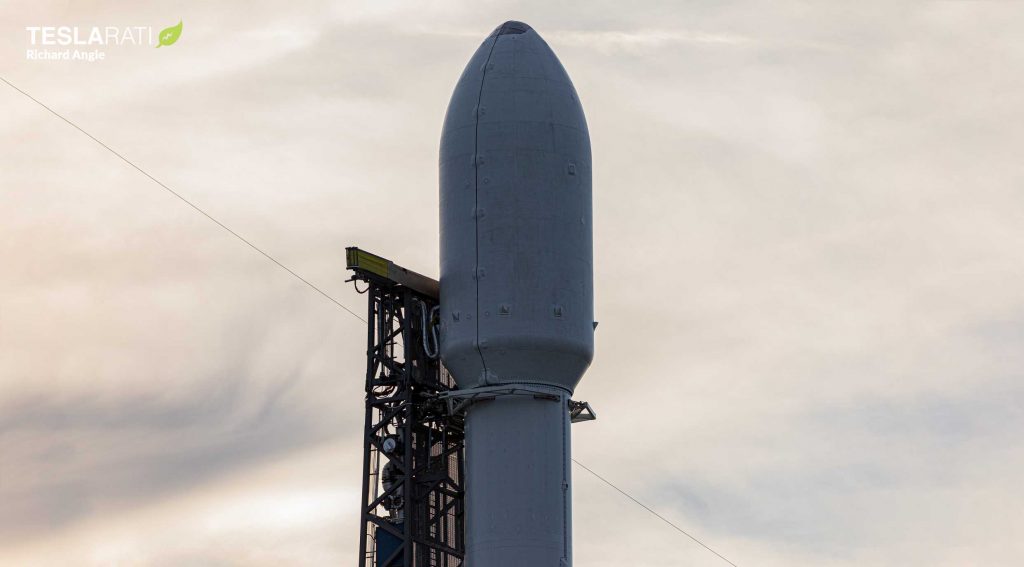
SpaceX is able to wait that long out of sheer necessity. The company introduced the use of ‘subcooled’ liquid oxygen and kerosene on its Falcon launch vehicles all the way back in 2016, encouraged by the fact that its propellant becomes significantly denser as it gets colder. By toeing the line between liquid oxygen and kerosene actually solidifying into slush, SpaceX was able to boost Falcon 9’s payload capabilities by an incredible ~30% or more. To get that benefit, however, Falcon 9’s propellant must remain as cold as possible, and it begins warming the second that it leaves its far-more-insulated storage tanks and enters Falcon 9.
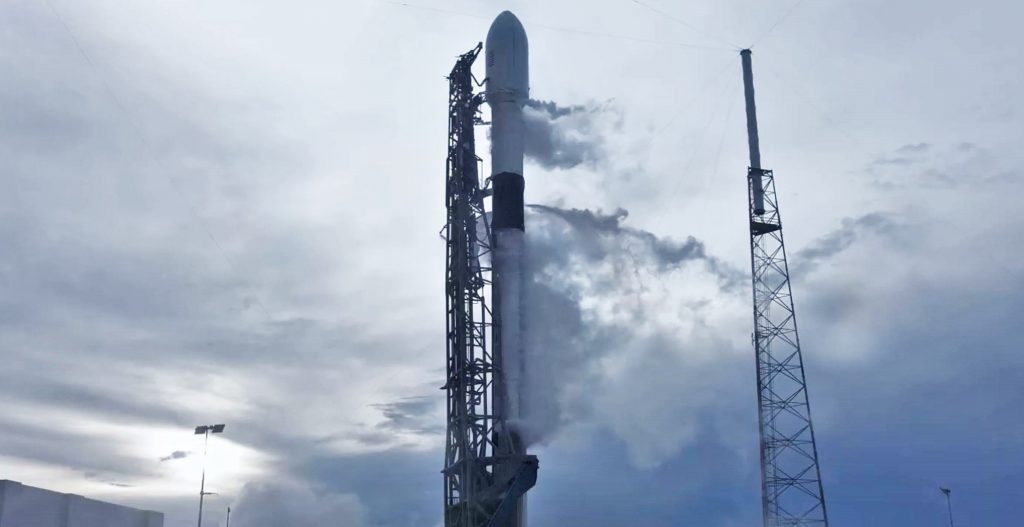
As a result, SpaceX must load Falcon 9 and Falcon Heavy with propellant as late as physically possible, translating to no sooner than 35 minutes before liftoff on all recent launches. In other words, if the weather is firmly on the ‘bad’ side of things at T-38:00-35:00, SpaceX is often able to scrub a given launch attempt before propellant loading begins, both saving the rocket from an unnecessary thermal cycle and saving propellant that might otherwise have to be wasted.
120 satellites, 20 days
Weather challenges and the likelihood of a 24-hour delay aside, SpaceX will soon launch its third batch of upgraded Starlink v1.0 satellites — also the company’s fourth dedicated launch of 60 spacecraft. If things go as planned, SpaceX will have launched nearly 250 satellites total – all but 5 (or so) of which are happily operating in Earth orbit right now.
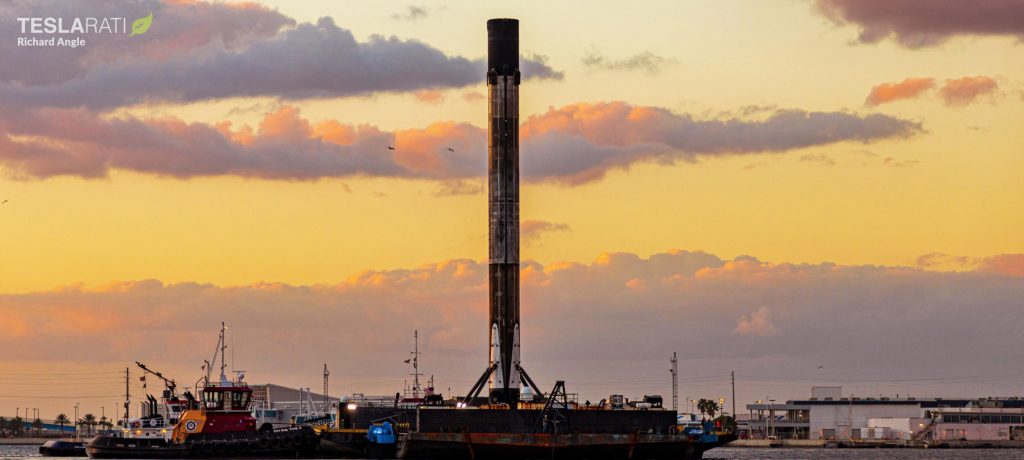
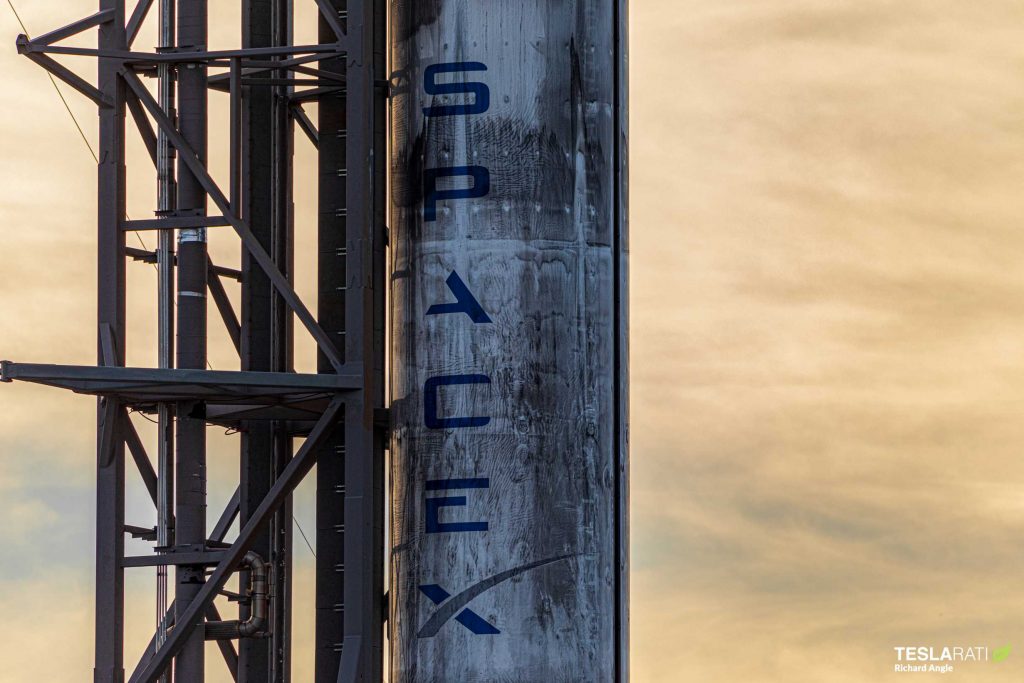
Deemed Starlink V1 L3, a successful mission later today will also mean that SpaceX has launched an incredible 120 spacecraft – weighing more than 30 metric tons – in less than 20 days. It’s difficult to say for sure, but it’s very likely that that will mark the latest global record secured by SpaceX, following on the heels of the company’s recent ascendance as the newest owner of the world’s largest private satellite constellation (~180 satellites).
However, the ultimate goal of Starlink is, of course, to deliver unprecedentedly high-performance internet service to customers anywhere on Earth. The “anywhere on Earth” modifier is likely more than 20 dedicated SpaceX launches away from reality, but the company has said it will begin serving internet to customers in “the Northern U.S. and Canada in 2020”. As of mid-2019, SpaceX indicated that that regional North American beta test could begin after just six launches.
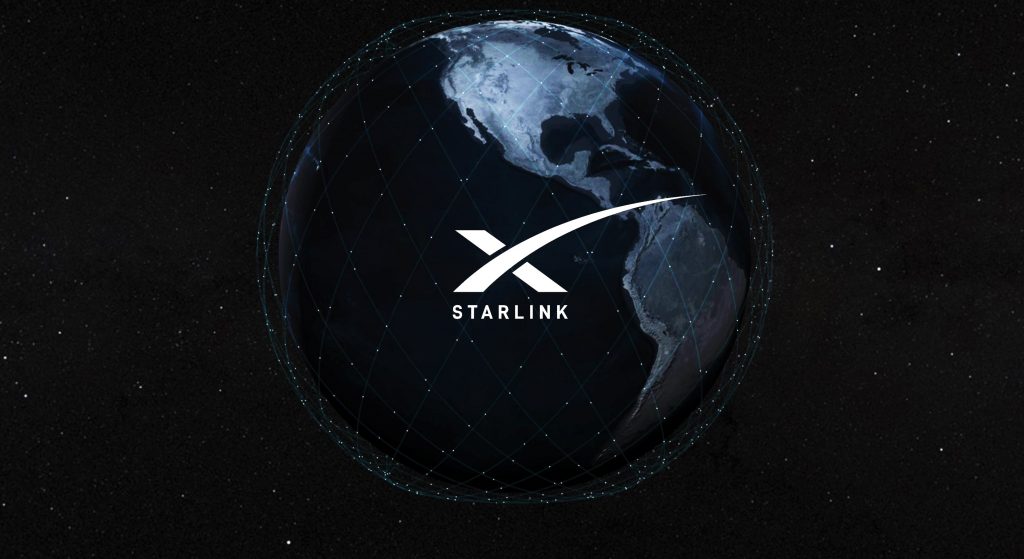
More recent comments from a SpaceX executive suggest that it could require more like 8 launches of 60 Starlink satellites before initial service can begin in North America, but that ultimately means that the company should be no less than 50-65% of the way there after Starlink V1 L3. With a little luck, that could mean that SpaceX is just two or three Starlink launches away from inviting the first non-employee customers onto the company’s space-based internet. Given SpaceX’s current launch cadence, six Starlink launches may well be well behind the company by the end of February – perhaps just a month or less from now.
Weather permitting, tune in to SpaceX.com/webcast around 9:35 am EST (14:35 UTC) later today (January 18th) to watch SpaceX’s latest Starlink launch live.
Check out Teslarati’s newsletters for prompt updates, on-the-ground perspectives, and unique glimpses of SpaceX’s rocket launch and recovery processes.

(adsbygoogle = window.adsbygoogle || []).push({});
<!–
–>
var disqus_shortname = «teslarati»;
var disqus_title = «SpaceX set to launch 240th Starlink satellite as space internet nears prime time»;
var disqus_url = «https://www.teslarati.com/spacex-starlink-launch-space-internet-prime-time/»;
var disqus_identifier = «teslarati-127841»;

